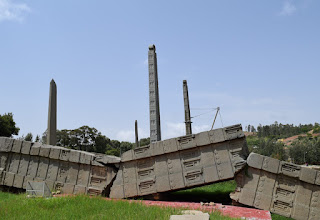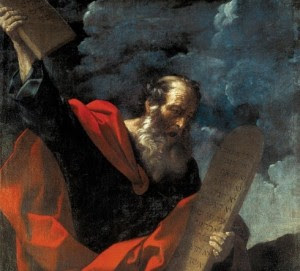How can I make good friendships? When I first entered college, I knew that I would be far from home, in a new environment full of new people. The first few weeks were stressful, upsetting, and even lonely for me. But I was able to find advice, encouragement, and good company when I made friends. I don’t have a strict rulebook for how to make friends yet, but I learned several guidelines that have helped me to meet people, make connections, and grow long-lasting friendships. Here are some questions to consider and tips that I’ve found helpful.
What is a friendship? Definitions vary, but the following things are generally true about a good friendship:
– You have some things in common, and may do activities together
– You listen to each other and speak about your experiences
– You enjoy each other’s company
– You support each other physically, emotionally, spiritually or otherwise
– You respect each other’s boundaries and communicate about boundaries
– You are willing to put in the effort to befriend, support, forgive, and grow with them
Not all friendships look exactly like this. But these qualities and habits can foster healthy friendships between people.
How can I start a friendship? Friends share time and experiences, support one another, communicate, and grow together. While doing these things in great depth takes time, starting a friendship can be as easy as opening up and asking about someone’s day or interests.
1) Meet people: Go to new places, join or participate in activities such as sports, hobby clubs, service organizations, parties and otherwise. Talk to the people there.
2) Engage with people: ask questions, pay attention to their answers, support them, and share some of your own feelings. Keep things small at first, and try not to dump your whole life story on someone new, but make sure you show that you care.
3) Share the moment: Allow friends time and space to approach you and ask questions of their own. See if they show interest in what you have to say and support you.
4) Be honest: People want to be friends with who you truly are. Don’t change yourself into what you think they want. Be respectful, but express yourself as you are.
5) Set boundaries: Respect and defend physical, mental, emotional, and spiritual needs. When you are hurt, let them know. When you want something, let them know. Listen to and respect their wants and needs. By giving each other space where needed, you can maintain a healthy, enjoyable connection for both of you.
6) Apologize and forgive: Friendship is a learning curve. If you make mistakes, apologize and right what wrongs you can. If they make mistakes, forgive them and give them a chance to make it up to you. Nobody is perfect, so it takes work to grow into a good friendship.
What if things just aren’t working out?
It happens. Sometimes, people just don’t “click.” Other times, people hurt each other. If you have to move on, respectfully disengage from the situation. Allow yourself to feel whatever emotions you are feeling, and try to learn and heal from the experience. You may feel discouraged. But if you keep reaching out, someone will reach back. It may take time, work, and even more failure, but no matter what, you can make and keep good friends.



































